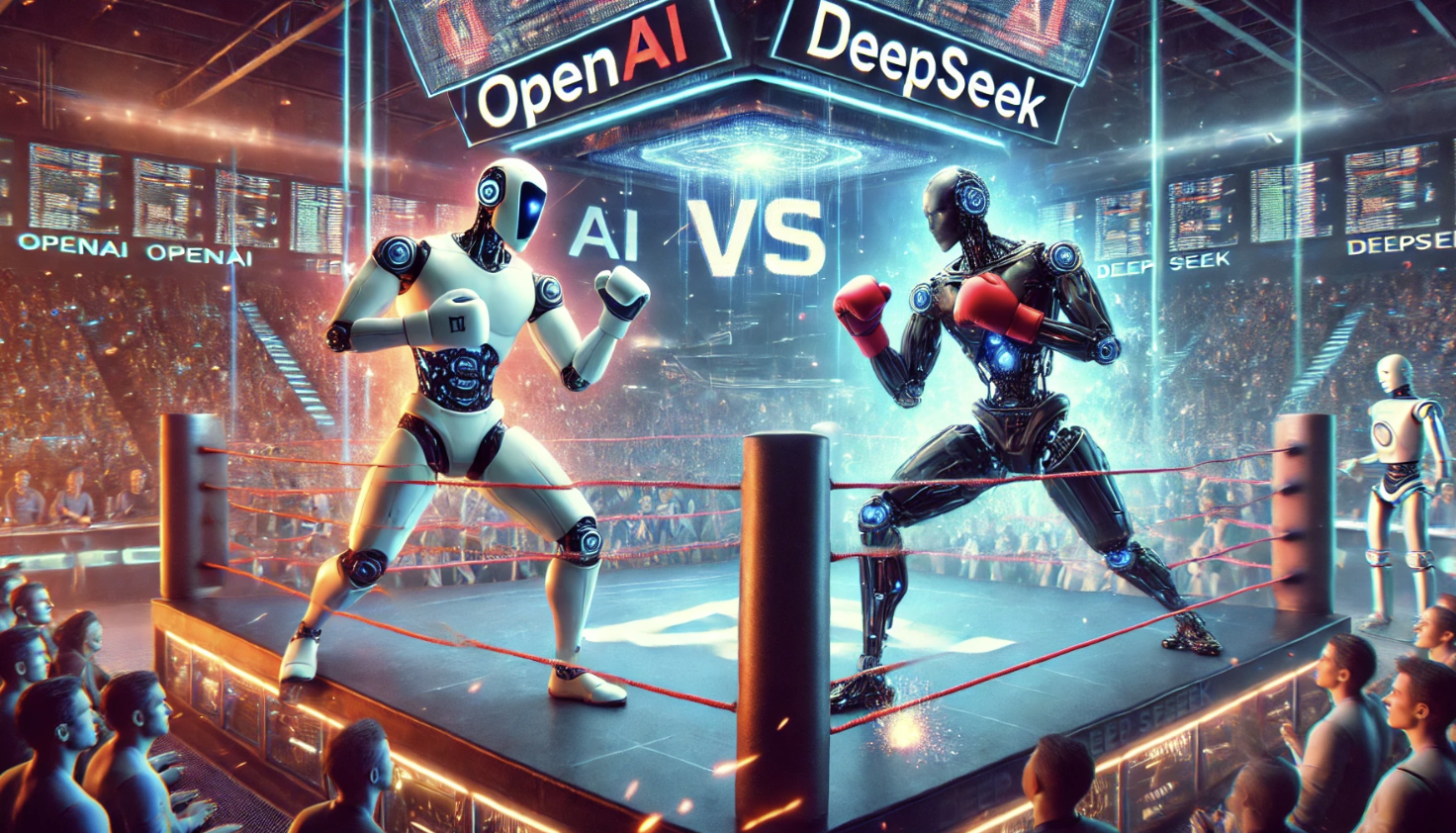The Rising AI Rivalry: Can DeepSeek’s Innovation Disrupt OpenAI’s Dominance?
In the rapidly evolving landscape of artificial intelligence (AI), two prominent entities have emerged as frontrunners: OpenAI, a well-established American AI research lab, and DeepSeek, a burgeoning Chinese AI startup. Both organizations have developed advanced language models—OpenAI's o1 and DeepSeek's R1—that are pushing the boundaries of AI capabilities. This article provides a detailed comparison of these models, examines their potential impact on U.S. markets, and forecasts future developments.
Model Performance and Capabilities
OpenAI's o1 model is designed to excel in complex reasoning tasks, including scientific analysis, mathematical problem-solving, and professional applications. It features a substantial context window of 200,000 tokens, allowing it to process extensive inputs and generate detailed outputs. The model employs an internal chain-of-thought mechanism to enhance accuracy and coherence in its responses.
DeepSeek's R1 model, on the other hand, focuses on reasoning-intensive tasks such as mathematics and coding. Despite being developed with a significantly lower budget—approximately $6 million compared to OpenAI's substantial investments—R1 has demonstrated performance comparable to o1 in various benchmarks. Notably, DeepSeek achieved this efficiency through innovative techniques like reinforcement learning and model distillation, enabling the model to perform complex tasks with reduced computational resources.
Cost and Accessibility
One of the most striking differences between the two models is their cost structure. DeepSeek R1 is available for free on the DeepSeek chat platform and offers API access at a significantly lower price point: $0.55 per million input tokens and $2.19 per million output tokens. In contrast, OpenAI's o1 API is priced at $15 per million input tokens and $60 per million output tokens, making DeepSeek's offering approximately 96.4% cheaper.
Additionally, DeepSeek has embraced an open-source approach, releasing the final code and technical details of R1 to the public. This transparency allows developers worldwide to access, modify, and implement the model, potentially accelerating innovation and adoption. OpenAI's models, while highly advanced, remain proprietary, with access primarily through paid subscriptions or API services.
Market Impact and Forecast
The introduction of DeepSeek's R1 has already had a profound impact on the U.S. tech market. Following its release, there was a significant selloff in technology stocks, with companies like Nvidia experiencing substantial losses. This reaction reflects investor concerns about the potential disruption posed by cost-effective AI solutions from emerging competitors.
Looking ahead, DeepSeek's approach could democratize access to advanced AI technologies, enabling smaller enterprises and startups to integrate sophisticated AI capabilities without incurring prohibitive costs. This shift may lead to increased competition in the AI sector, driving innovation and potentially reducing the market share of established players like OpenAI.
However, concerns have been raised regarding data sourcing, potential censorship, and the transparency of DeepSeek's training methodologies. These issues could influence user adoption and trust, particularly in markets with stringent data privacy regulations.
Conclusion
The emergence of DeepSeek as a formidable competitor in the AI landscape underscores the dynamic and rapidly changing nature of this field. While OpenAI has set high standards with its advanced models, DeepSeek's cost-effective and open-source approach presents a compelling alternative. As both organizations continue to innovate, stakeholders in the U.S. market should closely monitor these developments to adapt strategies and maintain competitiveness in the evolving AI ecosystem.
 Nolie MacDonald
Nolie MacDonald



